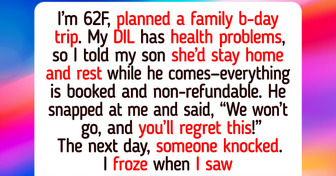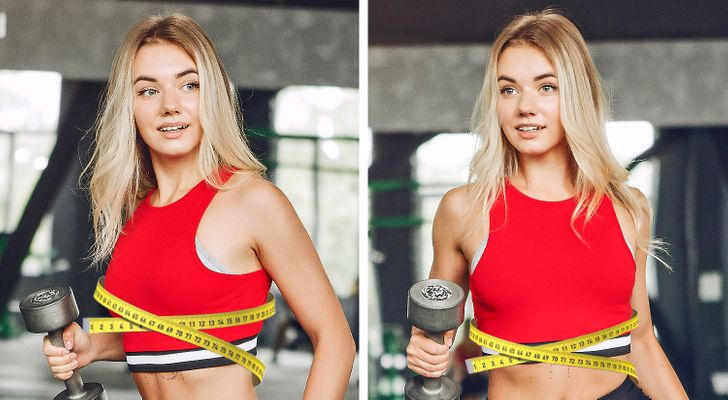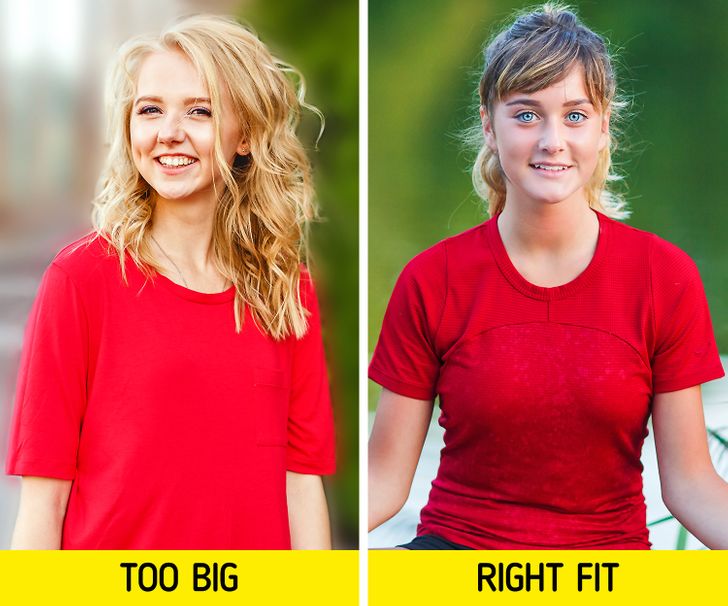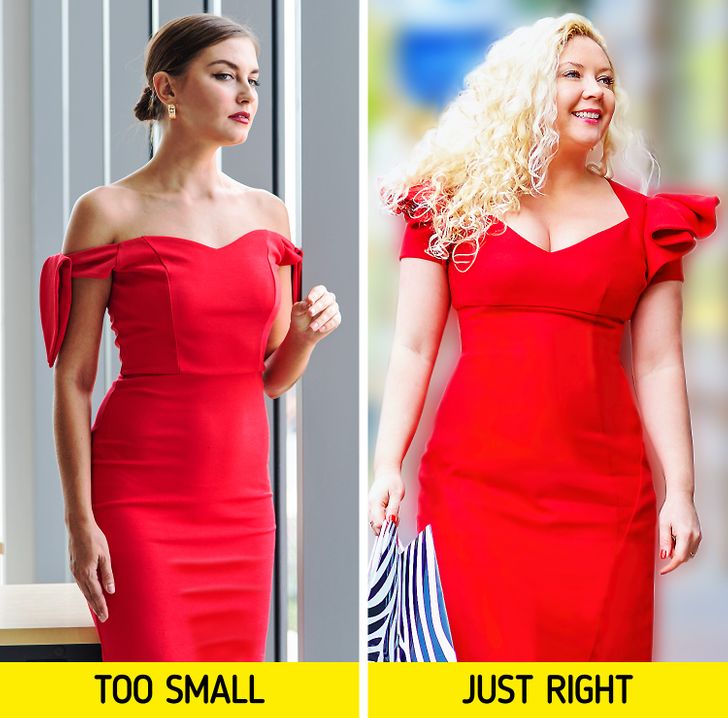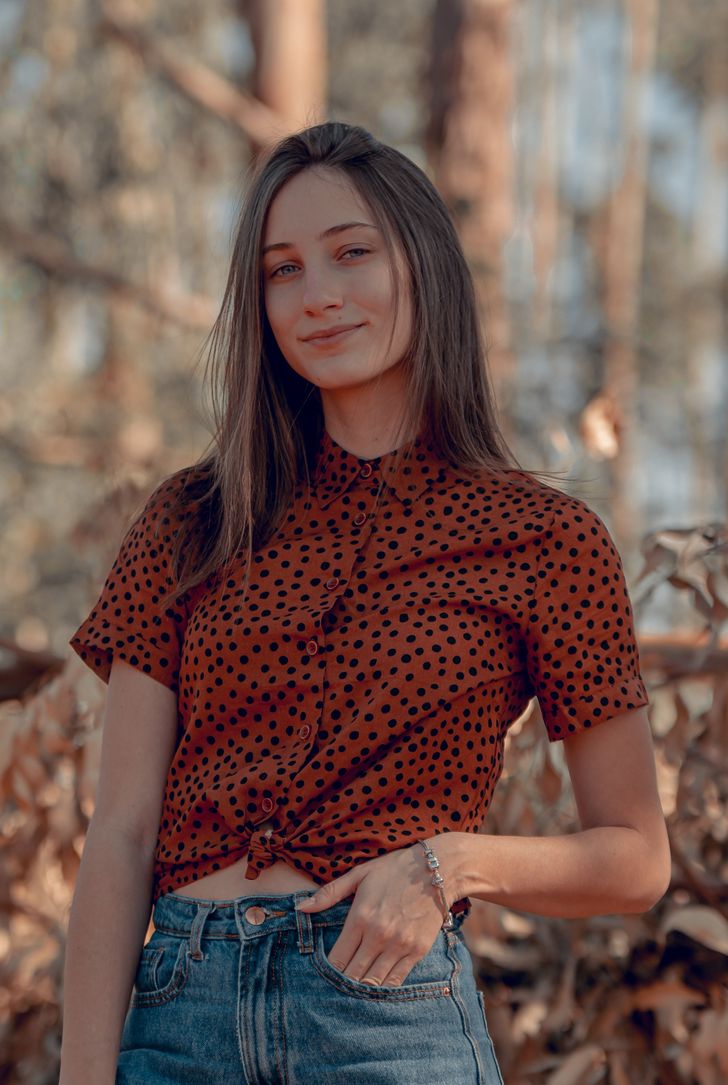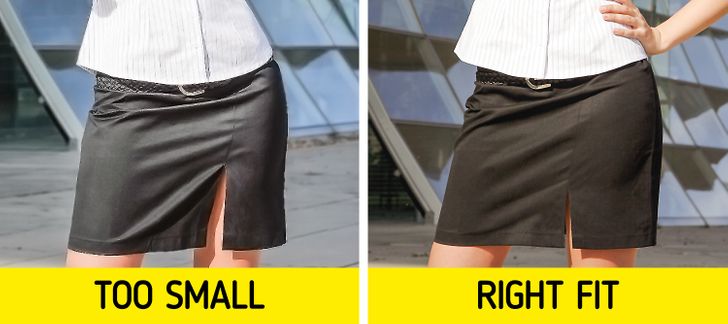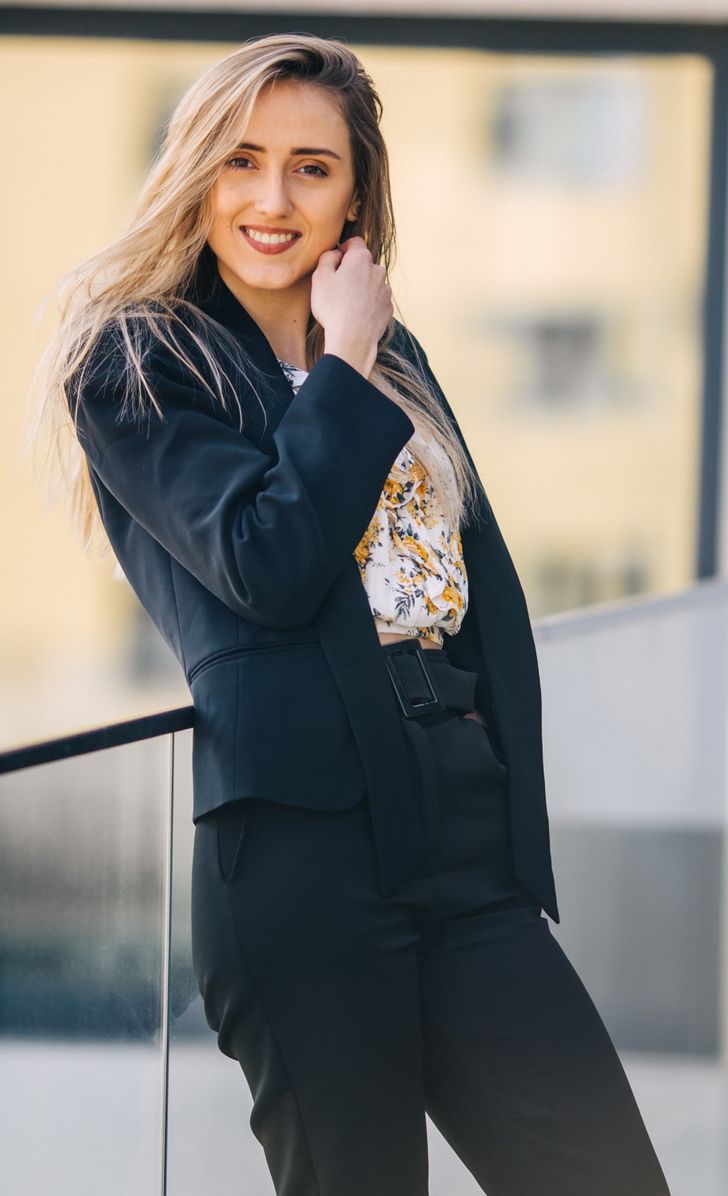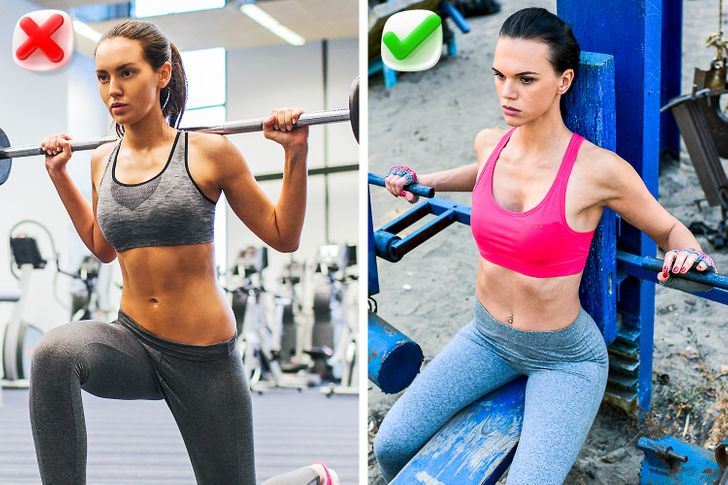This is great thanks for sharing
9 Quick Tricks That’ll Help You Choose the Right Size Clothes in a Store
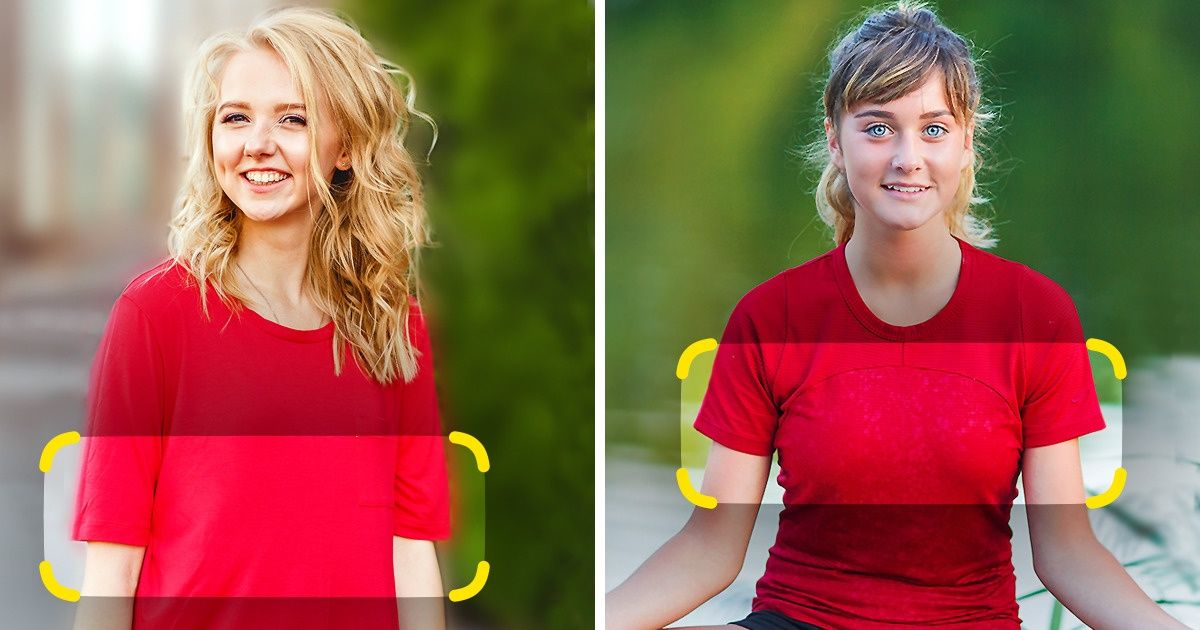
Sometimes you can buy an item of clothing and then discover that it’s too tight for you. Or it looks like it was bought for someone else. While shopping, we can get too carried away with thе process that we don’t notice some small details. And knowing them could help you understand, even in the fitting room, whether this piece of clothing fits you or not.
At Bright Side, we decided to find out what little tricks can help you choose clothing that is the right size in a store.
A bra
Size is the most important thing when choosing a bra, but not everyone knows how to figure it out. You can do it within a couple of minutes, and even before going to the store. Stand up straight and measure the circumference under your bust (the place where the bra belt is located), and then the circumference of the chest at the most convex points. The measuring tape should be tightly pressed against your body, but should not squeeze it.
Now subtract the circumference under the bust from the circumference of the chest. The resulting number will indicate the size of the cup: 4-4.5 inches will indicate the size 0, 4.6-5 inches — size 1, 5.5-6 inches — size 2, 6-6.7 inches — size 3, 7-7.5 inches — size 4, and so on. Letters of the alphabet correspond to each size: size 0 corresponds to AA, size 1 corresponds to A, size 2 — B, size 3 — C, size 4 — D. The number of the circumference under the bust should be rounded. For example, if the circumference under the bust is 29 inches and the circumference of the chest is 34 inches, then the appropriate bra size will be 30A.
A T-shirt
A T-shirt is such a common item of clothing that we just look at the size on the tag before buying it. But this doesn’t mean that it will fit the way it should. A T-shirt in a suitable size should have sleeves that reach the middle of the shoulder. If they are shorter, the shirt is too small, if they’re longer, it’s too big.
Pay attention to the length of the T-shirt, ideally, the bottom edge should be a few inches below your waist. Shoulder seams should fit closely to the body and not come over the shoulder edge.
A jacket
The easiest way to tell whether a jacket fits you is to hug yourself, which you can do right in the fitting room. Make sure that the jacket doesn’t constrain your movements, and that you can easily grab your elbows. At the same time, you should feel a slight pull — if you don’t, the jacket is too big.
A dress
When buying a classic fitted dress, pay attention to the shoulder seams. They must lie flat and the fabric shouldn’t wrinkle. The dress is too small if there are wrinkles on the front part of the hem, which means that the fabric is stretched and you won’t feel comfortable when moving.
The belt of an Empire-waist dress should be under your bust. If it goes up a little, then the dress is small. In a classic fitted dress, the belt should match your natural waistline.
A blouse
When choosing a blouse, focus on the widest part of your body — for example, shoulders, bust, or waist. The fabric between the buttons should not widen from the tension. As with a T-shirt, the shoulder seams should not be below your shoulders and they should fit snugly against the body. Another thing is the side seams: they must run strictly at right angles to the floor. Otherwise, the garment may twist during wearing.
A shirt
When choosing a shirt, you should pay attention to several things at once. The collar should touch the neck, but not squeeze it. If you turn your head, and the collar turns with it, this means that it’s too tight. Ideally, 2 fingers should easily fit under a buttoned collar.
The sleeves should not be so tight that you can see your arms under them, but they shouldn’t be loose enough to form waves. When flexing your arm, the cuffs should not rise more than 1 inch from the wrist.
A skirt
To determine if the size of a skirt is right for you, try to grab the fabric of the belt with your fingers and pull it at least 1 inch back. If you’re able to do it, this is your size (a size that is necessary for comfortable moving and sitting). If the gap of the belt is less or non-existent, then the skirt is too tight and it makes sense to choose a bigger size.
Take a look at the slit, if provided: when you are standing, its edges should not become wider. The hem of the skirt should be totally parallel to the floor. Unless, of course, it has an asymmetrical cut.
Dress pants
Classic dress pants in the right size should sit tight only on the upper thigh, while the lower part should stay loose. To understand whether the size is right, try placing 2 fingers under the belt. Another way of testing is to sit down on a chair in the fitting room and put your thumb under the belt.
If you succeed, you can safely buy these pants because you can easily tuck a shirt into them without creating unpleasant pressure in the abdomen. Take a closer look at the front pockets. When you are standing, they should not wrinkle. But if you see folds after sitting down, it’s okay.
Sportswear
When choosing sportswear, you should start with the sports you do. For example, cycling shorts have special padding that makes them much more comfortable to endure long rides. It’s not really comfortable to jog or do fitness training in them. On the other hand, cycling a few miles in running pants or shorts won’t be comfortable either. Lack of padding can cause calluses.
Pay attention to the fabric: breathable cotton will absorb moisture, but it won’t evaporate quickly which will make the clothes heavier. Synthetics can generate static electricity, which is undesirable, for example, on a treadmill. The best option for sports is a fabric containing nylon or bamboo. It allows air to pass through and it wicks moisture away from the body. Consider the cut of your sweatpants: tight pants are good for running or group training, loose pants are good for a relaxed workout.
Do you use any tricks when choosing clothes? Share them in the comments below.
Bright Side has its own podcasts now. Take cool articles with you and listen to new stories whenever and wherever you want.
Comments
Related Reads
8 Subtle Signs of Fake Love
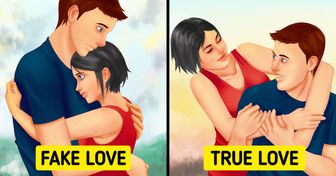
12 Family Secrets That Could Rival Any Hollywood Storyline
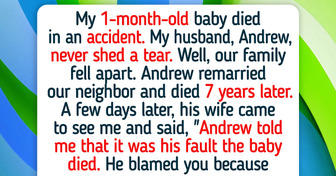
My DIL Excluded Me From Gender Reveal Party, Saying I’m "Not Family"—Big Mistake

20+ Moments That Remind Us That Kindness Costs Nothing but Means Everything

I Refuse to Sleep Under the Same Roof as My Stepson — My Daughter’s Safety Comes First
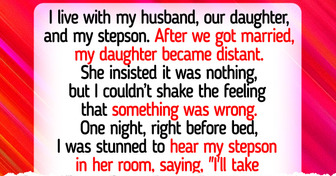
15 Stories That Prove a Small Spark of Kindness Can Light Up a Fading Soul

10 Stories That Prove Kindness Always Wins
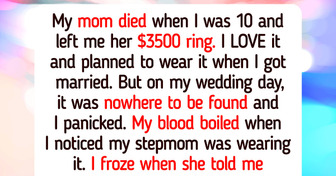
My MIL Mocked Me at My Husband’s Birthday Party—I Gave Her a Brutal Reality Check

I Refuse to Let My Father’s Secret Love Child Steal My Inheritance

My Husband Made Me Care for His Sick Mother, So I Served a Payback He Won’t Forget

I Refuse to Let My Sister Step Inside the Home I Bought for Our Parents — and I’m Not Sorry
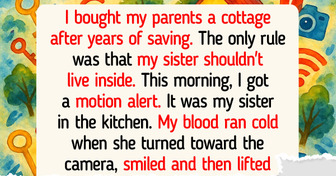
I Refuse to Delay Our Family Trip Because of My Sick DIL
